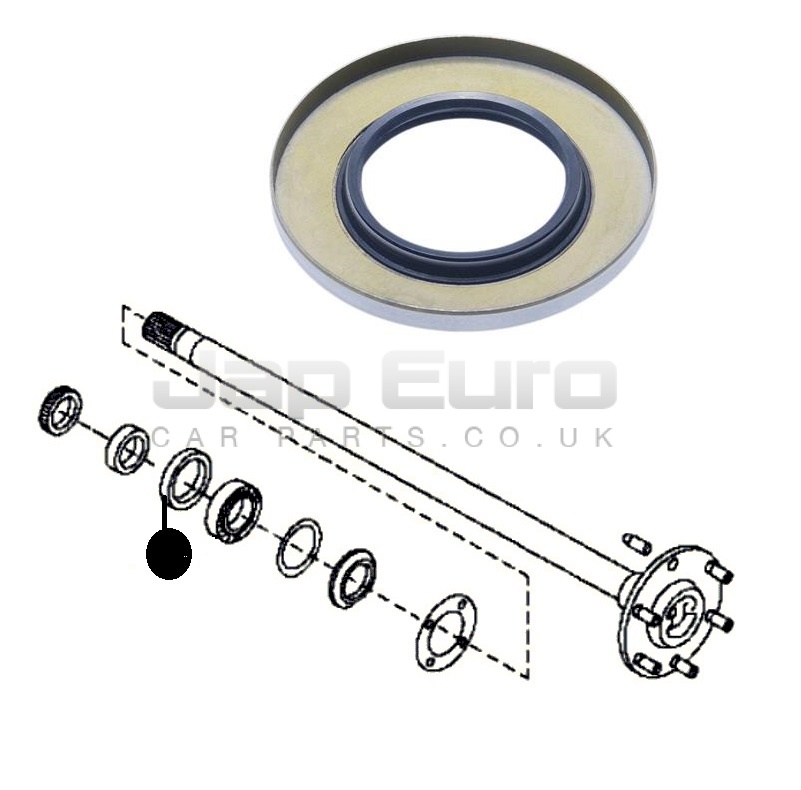DannyC
0
Hi Paul,Would this work ?

There is a spacer inside between the drum and the back plate , if you made yours like this the piece shown here with the studs could rotate inside the brake shoes ? The far wall of the drum nearest the centre of the wheel hub could be drilled to mate with this piece and screwed through from the 5 spoke side of the hub ?
Paul
No idea if that (above) would be do-able TBH, but I see what that is driving at.
I am trying to make the arrangement as transparent to "normal" as possible, so if it has too many problems/issues it can be reverted back to "Standard" with no detriment to the drum-hubs themselves.
At the moment I have a hub that I can turn and the axle turns with it (and vice-versa) but the backplate wants to turn as well because it needs to be axially aligned with the hub but not clamped tight between the inner and outer spacers. All I have to do to "free" the backplate is machine a new outer spacer, but make it with a stand-off shoulder on it. Then the backplate can be fixed to my outer axle-tube (like we normally pin it with an anti-rotation bolt/pin) and it will be stationary while the hub and inner driveshaft rotate as one. For the driving of the hub I can either put a drive pin through the axle and the walls of the hub, or I can make a cap with a drive-dog that fits between the hub's spokes. It is interesting to try and subvert the original design of the hub and its working operation without having to destroy/alter it in any major way.
Do I think it CAN be done..... yes, but I do wonder about the practical real-life operation of it.
- Will the drive shafts flex and the wheels "wobble"?
- Will the drive pins/dogs be adequate to transmit the torque from a laden standing start?
- If it was easy to do, why are there not loads of detailed "how to's" all over the Velo/Web-world?
If I can't get this to work (although I think I can) I will fall back to driving the DMR hubs that came off the WD2 whose frame I sold to Emma.
Personally... I would rather use drum-hubs.
Dan.


